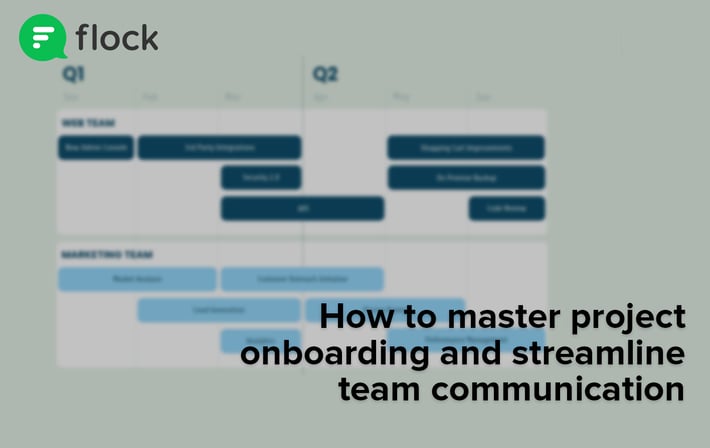
Anyone who has ever been coerced into office team-building activities is familiar with the violent groan that builds from the gut and explodes through the lips as leaders describe the exercise.
The very idea of a trust fall brings a round of snickers and derisive snorts. Books and movies ridicule it. Employees hate it. So why do so many companies organize team-building activities?
Because team-building activities work. Bonding as a team results in a release of oxytocin—that little chemical in your brain that makes you feel love and excitement. When team-building exercises work as designed, your employees will actually want to see each other. And that’s good since they’ll spend forty hours or more each week in each other’s presence.
Company culture has become one of the top reasons a candidate will consider one job over another. Gone are the days of accepting the first job offered and staying with that company until retirement. Life is too short to work in a job you hate.
Employees who love the culture and feel engaged at work are 87% less likely to leave.
So, if team-building is such an important part of creating a culture where employees want to work, why do so many of those employees balk at the activities? Maybe because, even though the outcome is desirable, the activities pretty much suck. They’re either tiresome and boring or just plain awkward, leading participants to feel awkward, too.
For introverts, awkward team-building is their worst nightmare. And that’s unfortunate because 86% of managers consider teamwork an important criteria for promotion.
But with a little bit of research, ingenuity, and planning, you could pull together the company retreat of a lifetime. Ready to be a hero?
Start small
No one wants to be thrown into complex activities with near-strangers, especially if those activities require casting off inhibitions. Start small and let everyone get to know each other with some social tasks so they can begin to form some ties to each other.
During this phase, picking a better-known game over an obscure one is actually a good idea. When most people already understand the rules, they’ll go into the activity with confidence. With more confidence, they’ll be more likely to participate enthusiastically.
Some of the more popular games include Truth and Lies or Salt and Pepper. Both games encourage conversation with everyone in the room, so no one is left out. In the first, Truth and Lies, each person tells two facts about their lives and then one lie. Of course, the lie shouldn’t be distinguishable from the true statements, so claiming to have flown to Mars would be a useless answer.
The purpose of the game, as everyone else works together to determine which of the statements is a lie, is for each person on the team to share information about themselves that others might not otherwise discover. Of course, working together to determine the falsehood also gives the team a chance to flex reasoning skills, intuition, and judgment.
The Salt and Pepper activity also forces every person on the team to speak to each other. Start by creating famous pairs, such as salt and pepper, peanut butter and jelly, Mickey and Minnie, macaroni and cheese, etc. Tape one of each pair to everyone’s back and then let everyone go to work looking for their match. They can only ask yes or no questions, so that requires more conversation to reach a solution.
Also, consider creating events involving small teams. Something as simple as “mystery lunches” where small groups from disparate teams are put together with a company credit card can accomplish the same goals of breaking down barriers without being overwhelming for introverts.
Step it up
Once people have had a chance to get to know each other, your activities can push the boundaries a little bit. This may be a great time to uncover the creative side of your team members.
One popular team-building activity that promotes creativity and boosts understanding of your company and culture is the creation of a coat of arms. Lay out the various sections of the coat of arms, and outline what scene should be included in each section. In the first, you might ask the team to draw and color an image that represents your brand. Then, your mission or values. Other sections might include a representation of the current company culture, the perception of leadership, and the vision for the future.
Get outside or go overboard
By this point in your team retreat, employees should be talking to each other freely and excited about what comes next. That’s the idea behind a slow icebreaker building up to something crazy.
Now, what you choose as crazy and exciting might not match what your team members are expecting. You could send them out with something fairly tame, like a list for a scavenger hunt. These are pretty standard team-building activities that often get good results.
For something a little crazier, take the entire team on a more active or outdoorsy experience. You don’t have to go all the way to skydiving or whitewater rafting — though some companies go this route. You could just get outside and do a hike to a calm lake and work together to build a boat out of a handful of materials. See how your employees can reason out the problem, create something workable, and trust each other to build a safe watercraft.
Make it meaningful
If your team isn’t going to enjoy games and “fun” activities, either due to their personalities or due to the authentic culture of your company, you can always volunteer for a local nonprofit.
Consider working with a food pantry, building homes, or public service projects like planting a garden. The key is to have an activity where your team members work together towards a common goal. If you can make it meaningful, it may have an even greater impact.
The most important thing
The reason team-building activities are dreaded is that they’re often executed poorly. No warm-up or build-up can make the experience difficult and unpleasant for introverts or people that don’t know each other. Instead of creating team cohesiveness, they can backfire and make people feel uncomfortable or left out (especially if they favor existing skills that not everyone has).
Planning effective team-building activities is not so much about a specific activity as it is about reading the room, knowing your group, and finding things to do that are a mix of stretching people so they get to know each other better and get a little outside of their comfort zone — but not going so far out, so early on in the day or the tenure of the team that people feel excluded.
If you’re a team leader or manager, keep an eye on those who simply won’t join in the festivities, and use the lack of enthusiasm as a learning experience.
Have you ever been a part of a truly effective team-building activity? What made it so effective? Share your story so we can learn from each other. Tweet us @flock and let's chat!









